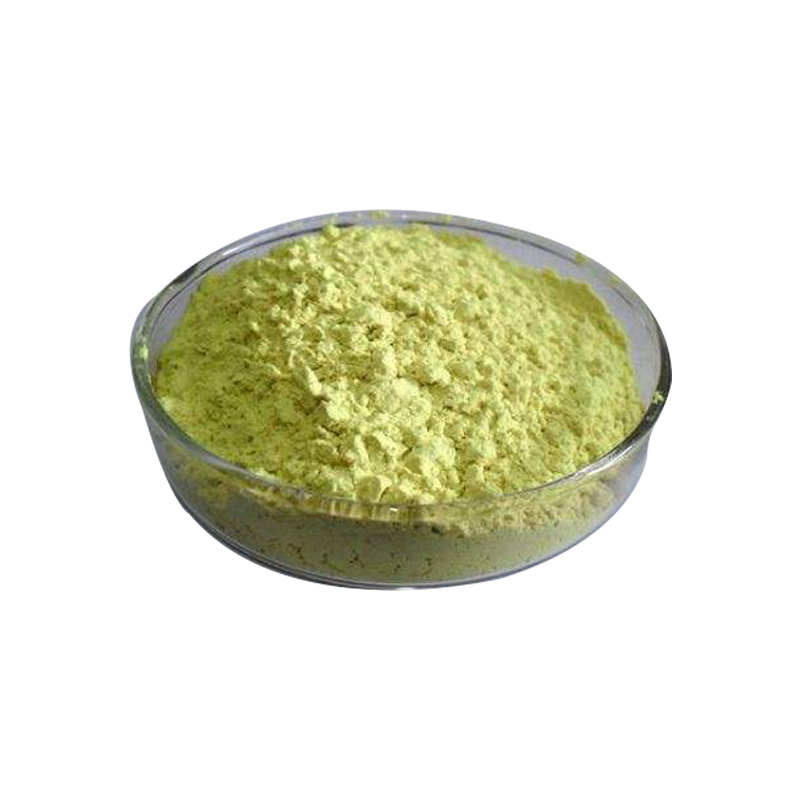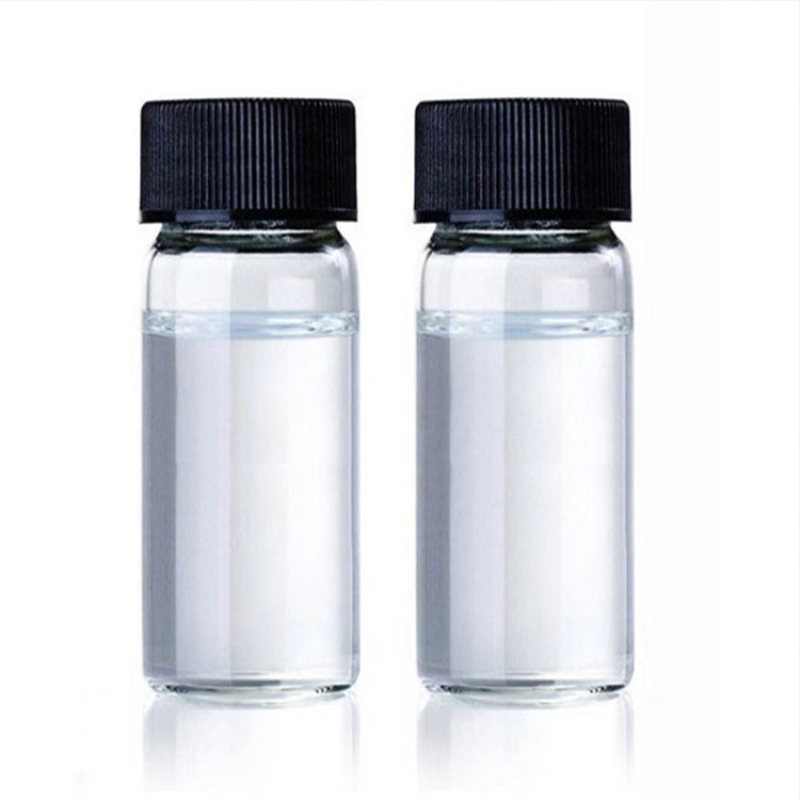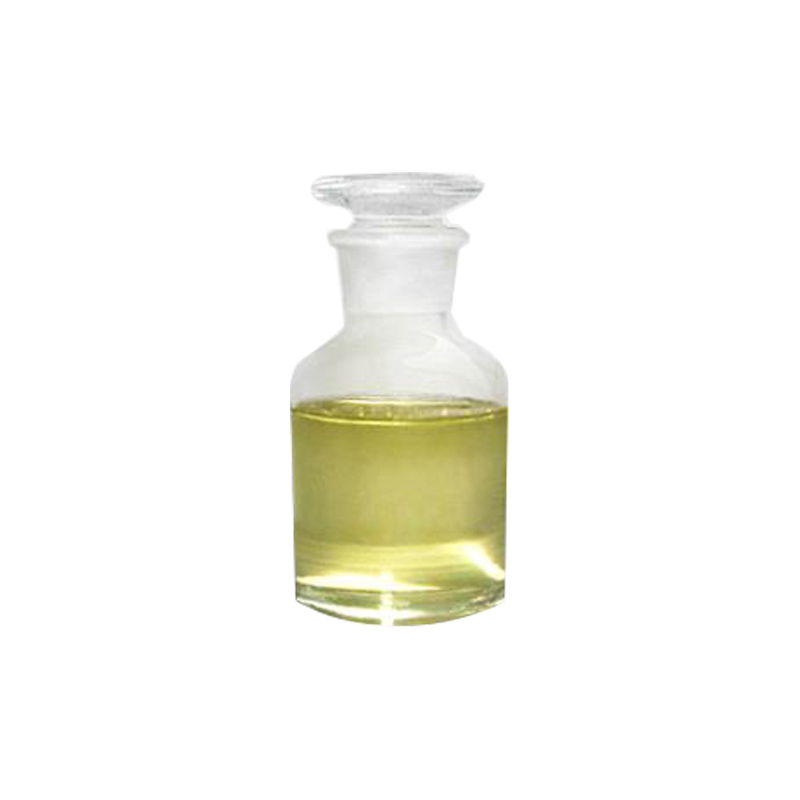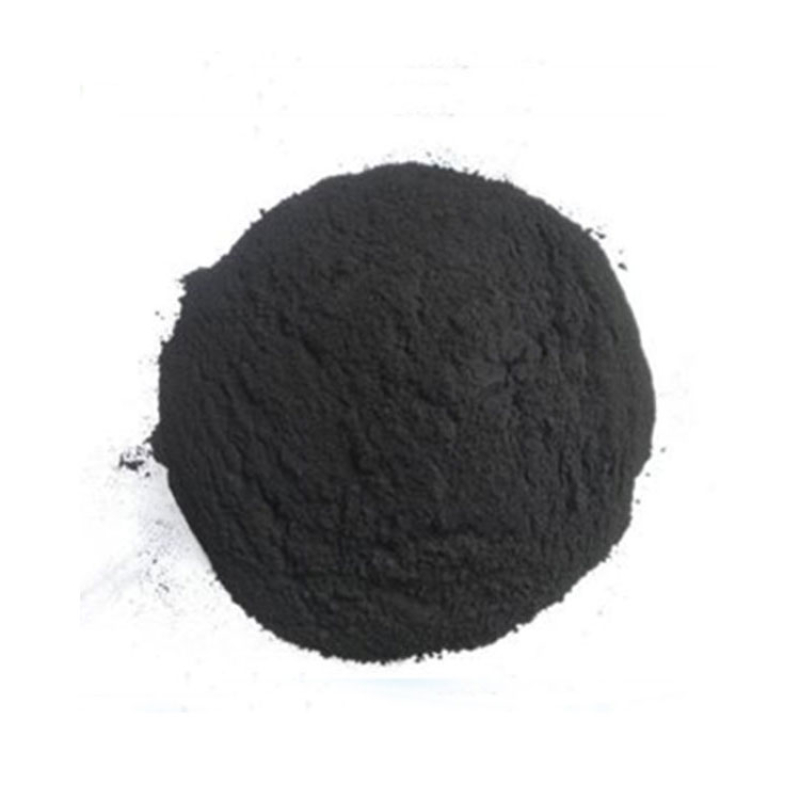Products Description of Lidocaine CAS#137-58-6Lidocaine exerts its local anesthetic effect by reversibly blocking sodium channels and blocking the transmission of action potentials on nerve fibers. Sensory nerve fibers are blocked earlier than motor nerve fibers, so low doses of lidocaine can exert selective sensory blocking effects. Lidocaine also has antiarrhythmic effects and belongs to Class Ib antiarrhythmic drugs. It can reduce ventricular rate, shorten action potential time and absolute refractory period, and prolong relative refractory period.
Contact Now
Products Description of 1,3,5-Benzenetricarboxylic acid chlorideCAS#4422-95-1White powder1,3,5-Benzenetricarboxylic acid chloride Chemical PropertiesMelting point 32-38 °C (lit.)Boiling point 180 °C/16 mmHg (lit.)density 1.487 g/mL at 25 °C (lit.)refractive index 1.5945-1.5965Fp >230 °Fstorage temp. Store below +30°C.solubility decomposesform Liquidcolor Clear colorless to slightly yellowWater Solubility decomposesSensitive Moisture SensitiveBRN 2940936CAS DataBase Reference4422-95-1(CAS DataBase Reference)NIST Chemistry
Contact Now
Products Description of Sulfanilic acid CAS#121-57-3White or off-white crystal. Hydrates lose water at 100°C, and anhydrous substances begin to decompose and carbonize at 280°C. Relative density 1.485 (25/4).
Contact Now
Products Description of 4-Methylbenzenesulfonhydrazide CAS#1576-35-8p-Toluenesulfonylhydrazine, also known as 4-methylbenzenesulfonylhydrazine, is a white crystalline powder, easily soluble in alkali, soluble in methanol, ethanol and butanone, slightly soluble in water and aldehydes, and insoluble in benzene and toluene. It is used as a foaming agent for natural rubber, synthetic rubber and a variety of plastics, making plastics and rubber products have fine closed-cell structures, small shrinkage and high tear strength.
Contact Now
Products Description of N-Hexadecyltrimethylammonium chloride CAS#112-02-7Cetrimonium chloride, also known as hexadecyltrimethylammonium chloride, is a white crystalline powder. It is easily soluble in isopropyl alcohol and water. It produces a lot of foam when shaken. It has good compatibility with cationic, nonionic and amphoteric surfactants.
Contact Now
Products Description of Glyoxal CAS#107-22-2Glyoxal is an organic compound with the chemical formula OCHCHO, which is composed of two aldehyde groups -C=O-H.
Contact Now
Products Description of Isonicotinic acid CAS#55-22-1Isonicotinic acid is also known as pyridine-4-carboxylic acid. White needle-shaped crystals. Odorless, can sublime. Molecular weight 123.11. Melting point 319℃. Slightly soluble in cold water, soluble in hot water, insoluble in alcohol, benzene, ether. It is an amphoteric compound, soluble in both acid and alkali. Soluble in hot water and ethanol, slightly soluble in cold water and ether.
Contact Now
Products Description of BIS(2-METHOXYETHOXY)METHANE CAS#4431-83-8The molecular formula of bis(2-methoxyethoxy)methane is C7H16O4 and its molecular weight is 164.1995.BIS(2-METHOXYETHOXY)METHANE Chemical PropertiesBoiling point 60°C 1,5mmdensity 0,995 g/cm3vapor pressure 22Pa at 25℃refractive index 1.4140Fp 60°C/1.5mmform liquidcolor ColourlessWater Solubility Fully miscible in water.BRN 1700087LogP-0.69 at 22℃EPA Substance Registry System2,5,7,10-Tetraoxaundecane (4431-83-8)Safety InformationSafety Statements 24/25HS Code 2909199090Pr
Contact Now
Products Description of Dodecane CAS#112-40-3Colorless liquid. Melting point -9.6℃ (-12℃), boiling point 216.3℃, 145℃ (13.3kPa), 91.5℃ (1.3kPa), relative density 0.7487 (20/4℃), refractive index 1.4216, flash point 71℃.
Contact Now
Products Description of Di-tert-butyl Dicarbonate CAS#24424-99-5BOC anhydride is an organic compound with the molecular formula C10H18O5.
Contact Now
Products Description of Dipentaerythritol hexaacrylate CAS#29570-58-9White powderDipentaerythritol hexaacrylate Chemical PropertiesBoiling point 640.7±55.0 °C(Predicted)density 1.184±0.06 g/cm3(Predicted)Fp 266 °Cstorage temp. Sealed in dry,Room Temperatureform Liquidcolor Colorless to Light yellow to Light orange clear liquidEPA Substance Registry SystemDipentaerythritol hexaacrylate (29570-58-9)Factory and Equipment ShowFast delivery timeInventory 2-3 working days New production 7-10 working days
Contact Now
Products Description of Stannous methanesulfonateCAS#53408-94-9Colorless transparent liquid with the smell of rotten eggs.Stannous methanesulfonate Chemical PropertiesMelting point -27°Cdensity 1.55refractive index 1.444Specific Gravity1.550Water Solubility Not miscible or difficult to mix in water.Sensitive Air SensitiveHydrolytic Sensitivity0: forms stable aqueous solutionsExposure limitsACGIH: TWA 0.1 mg/m3; STEL 0.2 mg/m3 (Skin)NIOSH: IDLH 25 mg/m3; TWA 0.1 mg/m3InChIKeyJALQQBGHJJURDQ-UHFFFAOYSA-LCAS DataBase Reference53408-94-9(CAS DataBase Reference)EPA Subs
Contact Now
Products Description of Pyrazine CAS#290-37-9Pyrazine is a chemical.CAS No. is 290-37-9.Pyrazine Chemical PropertiesMelting point 50-56 °C (lit.)Boiling point 115-116 °C (lit.)density 1.031 g/mL at 25 °C (lit.)refractive index 1.5235FEMA 4015 | PYRAZINEFp 132 °Fstorage temp. Store below +30°C.solubility SOLUBLEpka0.65(at 27℃)form Crystalscolor WhiteSpecific Gravity1.031Odorat 0.10 % in propylene glycol.
Contact Now
SCANDIUM CHLORIDE CAS#10361-84-9Overview:Scandium Chloride, with the chemical formula ScCl3 and CAS number 10361-84-9, is a significant industrial chemical known for its unique properties and wide range of applications.
Contact Now
2,3,4,6-Tetra-O-benzyl-D-glucopyranose Chemical PropertiesMelting point 145-149 °C(lit.)Boiling point 672.4±55.0 °C(Predicted)density 1.22±0.1 g/cm3(Predicted)storage temp. Sealed in dry,Store in freezer, under -20°Csolubility Soluble in chloroformpka11.87±0.70(Predicted)form Solidcolor White to Off-Whiteoptical activity[α]20/D +49±2°, c = 2% in dioxaneInChIKeyOGOMAWHSXRDAKZ-BKJHVTENSA-NSMILESOC1O[C@H](COCC2=CC=CC=C2)[C@@H](OCC2=CC=CC=C2)[C@H](OCC2=CC=CC=C2)[C@H]1OCC1=CC=CC=C1CAS DataBase Reference4132-28-9(CAS DataBase Reference)Safety InformationHazard
Contact Now
Products Description of Dibutylamine CAS#111-92-2Pure di-n-butylamine is a colorless liquid, m.p.-60℃ (-61.9℃), b.p.159℃ (48℃/1.73kPa), n20D1.4177, relative density 0.767 (20℃), f.p.41℃, soluble in water, acetone and benzene, and easily soluble in ethanol and ether.Dibutylamine Chemical PropertiesMelting point −62 °C(lit.)Boiling point 159 °C(lit.)density 0.767 g/mL at 25 °C(lit.)vapor density 4.46 (vs air)vapor pressure 1.9 mm Hg ( 20 °C)refractive index n20/D 1.417(lit.)Fp 106 °Fstorage temp. Store below +30°C.so
Contact Now
Products Description of Carnauba wax CAS#8015-86-9Extracted and refined from the leaves and buds of Brazilian palm, it is hard and brittle, insoluble in water, and is a hard, high-melting-point, shiny wax.
Contact Now
Products Description of Propargylamine CAS#2450-71-7Propargylamine is a colorless or light yellow liquid at room temperature and pressure. The solubility of propargylamine in water is relatively low, but its solubility in common organic solvents such as ethanol, acetone, dimethylformamide and ether is high.
Contact Now
Products Description of Cetrimide CAS#8044-71-1Cetrimonium bromide is in the form of white or light yellow crystals or powder, easily soluble in isopropyl alcohol and water, produces a large amount of foam when shaken, has good compatibility with cationic, nonionic and amphoteric surfactants, and has excellent penetration, softening, emulsification, antistatic, biodegradability and bactericidal properties.Ctrimide Chemical PropertiesMelting point 245-250 °C(lit.)solubility H2O: 10 % (w/v)CAS DataBase Reference8044-71-1(CAS DataBase Reference)Safety InformationHazard Co
Contact Now
Products Description of Cetrimide CAS#8044-71-1Cetrimonium bromide is in the form of white or light yellow crystals or powder, easily soluble in isopropyl alcohol and water, produces a large amount of foam when shaken, has good compatibility with cationic, nonionic and amphoteric surfactants, and has excellent penetration, softening, emulsification, antistatic, biodegradability and bactericidal properties.Cetrimide Chemical PropertiesMelting point 245-250 °C(lit.)solubility H2O: 10 % (w/v)CAS DataBase Reference8044-71-1(CAS DataBase Reference)Safety InformationHazard C
Contact Now
Products Description of 1-Bromoisoquinoline CAS#1532-71-41-Bromoisoquinoline is a low melting point solid.CAS No.
Contact Now
Products Description of (-)-(R)-Mandelic Acid CAS#611-71-2D-mandelic acid is a polar molecule. Because it contains hydroxyl and carboxyl groups, the molecule has a certain degree of hydrophilicity. Since D-mandelic acid is a chiral molecule, its physical and chemical properties are affected by the stereostructure of its molecule. In addition, the acid-base properties of D-mandelic acid are also affected by the molecular structure.
Contact Now
Products Description of Erucamide 98% CAS#112-84-5Erucamide is a higher fatty acid amide, one of the important derivatives of erucic acid, and is refined from vegetable oil. It is a waxy, odorless solid, insoluble in water, and has certain solubility in organic solvents such as ketones, esters, alcohols, ethers, and benzene. Because the molecular structure contains a long unsaturated C22 chain and polar amine groups, it has excellent surface polarity, a higher melting point than Chemicalbook and good thermal stability, and can be widely used in place of other similar additives.
Contact Now
Products Description of Palladium CAS#7440-05-3Palladium is a transition element of Group III (nickel group) and light platinum metal in the periodic table. It is a silvery-white metal that is moderately hard, moderately forgeable, and ductile. Palladium is an intermediate element in Group 10 of transition elements (periods 4, 5, and 6). Many of its properties are similar to those of nickel, which is above it, and platinum, which is below it, in this group. Palladium is a soft, silvery-white metal that has chemical and physical properties very similar to those of platinum.
Contact Now

































